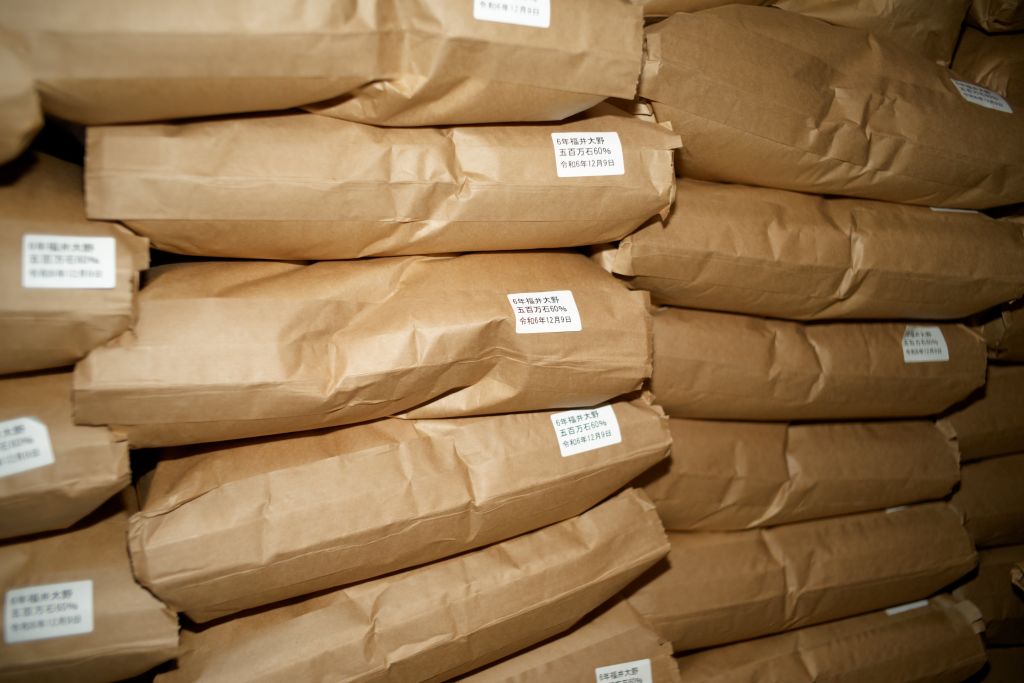
Rice production in Japan is going through a historic crisis. To counter the surge in prices of this cereal at the heart of Japanese food, the government has had to draw from its emergency reserves.
Extreme heat and fear of an earthquake

This shortage is due in part to the extreme heat waves that hit the crops in 2023, which reduced the available volumes, according to the Firstpost. In addition, the Japanese government announced a possible giant earthquake in the Nankai Trough. The earthquake did not occur, but it caused fear in the population.
A rare commodity

In reaction to these events, rice farmers kept their crops, distributors slowed down their deliveries and consumers emptied the shelves. From then on, rice became a rare commodity.
A limit on rice bags in store

Therefore, stores have been forced to limit the number of bags that customers can buy.
The State's strategic reserves

Facing this situation, the government has decided to draw 210,000 out of 910,000 tons from its strategic rice reserves. Tapping into the state’s stock is a measure reserved for national catastrophes, such as war or famine.
The price of a bag has doubled in a year

These reserves are gradually being put up for sale in order to regulate the market. Currently, the average price of a 5 kilogram bag is 25 euros, or 5 euros per kilogram. This is almost twice as expensive as it was a year ago, according to a correspondent from the newspaper Le Figaro.
Rice price has risen by 69%

In January, according to Japan’s Ministry of Agriculture, the rice price has risen by 69% in one year.
A strict regulation on rice production

According to RTL, the state has been enforcing a strict regulation on rice production for fifty years. It limits the supply, and thus protects the prices and rice farmers. However, the slightest issue in the production chain can cause serious problems.
The decline of traditional small family farms

The long-term decline of traditional small family farms is also a factor in the rarity of rice. The network of Japanese agricultural cooperatives indicates that the number of households cultivating rice has gone from 4.66 million in 1970 to around 700,000 in 2020.
90% of production relies on small farms

According to RTL, nearly 90% of Japan’s rice production relies on small farms. The average profit of these farmers is 575 euros per year, complemented by subsidies.
Export eight times more rice by 2030

On March 13, Masakazu Kawaguchi, an official from the Ministry of Agriculture in charge of rice trade, told AFP that the goal for 2030 is to export 350,000 tonnes of rice. This represents eight times the volume of the previous year — 45,112 tonnes of rice exported for an amount of 74 million euros.









